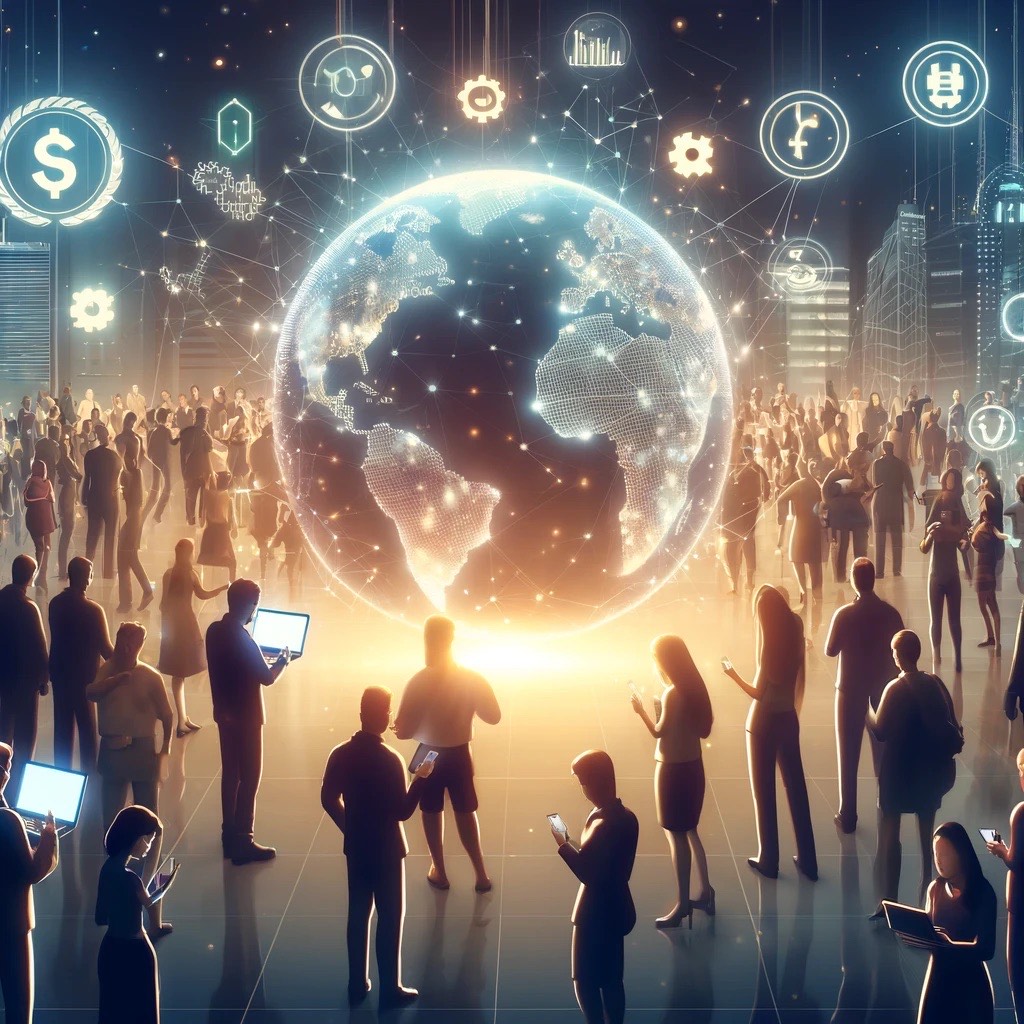Artificial Intelligence (AI) stands at the forefront of technological innovation, with the power to reshape industries, economies, and the workforce. Its role in exacerbating or alleviating economic disparities is a complex issue, influenced by how AI technologies are developed, deployed, and regulated. This article delves into the dual-edged impact of AI on economic disparities, exploring the mechanisms through which AI can both widen and bridge the gap between different socioeconomic groups.
AI and Economic Disparities: A Dual-Edged Sword
AI’s impact on economic disparities is multifaceted, with potential to both exacerbate and alleviate inequality, depending on various factors including access to technology, the nature of AI deployment across industries, and the policies governing AI use.
Exacerbating Economic Disparities
- Job Displacement and Skill Gaps: One of the primary concerns is AI’s potential to displace jobs, particularly in sectors reliant on routine tasks (Acemoglu & Restrepo, 2020). Workers in lower-wage positions, often with less educational attainment, face higher risks of job displacement without adequate retraining opportunities, exacerbating income inequality.
- Concentration of Wealth: AI can contribute to a concentration of wealth in industries where it significantly boosts productivity and profits. Companies that leverage AI effectively may gain disproportionate market power and wealth, often at the expense of smaller entities lacking similar resources (Brynjolfsson & McAfee, 2014).
- Digital Divide: The digital divide refers to the gap between those who have access to modern information and communication technology, and those who do not. This divide can widen economic disparities as those without access to AI and related technologies are left behind in education, employment, and economic opportunities (van Dijk, 2020).
Alleviating Economic Disparities
- Enhancing Productivity and Creating New Jobs: AI can drive economic growth by enhancing productivity and creating new job opportunities in tech-driven sectors. This growth has the potential to offset job losses in other areas, provided the workforce is equipped with the necessary skills (Manyika et al., 2017).
- Improving Access to Services: AI can improve access to essential services such as healthcare, education, and finance, particularly for underserved communities. For example, AI-powered educational tools can provide personalized learning experiences to students in resource-limited settings, helping to bridge educational gaps (Tambe, 2019).
- Supporting Better Policy Making: AI can assist policymakers in identifying and addressing economic disparities through data analysis and predictive modeling. By analyzing patterns of inequality, AI can inform more effective, targeted interventions to support economic equity (Kleinberg et al., 2015).
Strategies for Leveraging AI to Alleviate Economic Disparities
To harness AI’s potential for reducing economic disparities, it is crucial to implement strategies that ensure equitable access to AI technologies, promote inclusive economic growth, and support workforce transition:
- Invest in Education and Retraining: Governments and organizations should invest in education and retraining programs to prepare the workforce for AI-driven changes in the job market.
- Promote Inclusive AI Development: Involving diverse groups in AI development can ensure that AI technologies address the needs of various communities and do not inadvertently perpetuate biases.
- Implement Fair and Inclusive Policies: Policymakers must create regulations that promote fair use of AI and ensure that the benefits of AI-driven economic growth are shared widely.
Conclusion
AI’s role in economic disparities is not predetermined but will be shaped by how society chooses to develop, deploy, and govern these technologies. By adopting strategies that prioritize equity and inclusivity, there is potential to leverage AI as a powerful tool for alleviating economic disparities rather than exacerbating them.
References
- Acemoglu, D., & Restrepo, P. (2020). “Robots and Jobs: Evidence from US Labor Markets.” Journal of Political Economy.
- Brynjolfsson, E., & McAfee, A. (2014). “The Second Machine Age: Work, Progress, and Prosperity in a Time of Brilliant Technologies.” W.W. Norton & Company.
- Kleinberg, J., Ludwig, J., Mullainathan, S., & Obermeyer, Z. (2015). “Prediction Policy Problems.” American Economic Review.
- Manyika, J., Chui, M., Miremadi, M., Bughin, J., George, K., Willmott, P., & Dewhurst, M. (2017). “A Future That Works: Automation, Employment, and Productivity.” McKinsey Global Institute.
- Tambe, P. (2019). “The Productivity and Wage Effects of Big Data on Industries and Firms.” Journal of Labor Economics.
- van Dijk, J.A.G.M. (2020). “The Digital Divide.” Polity Press.









